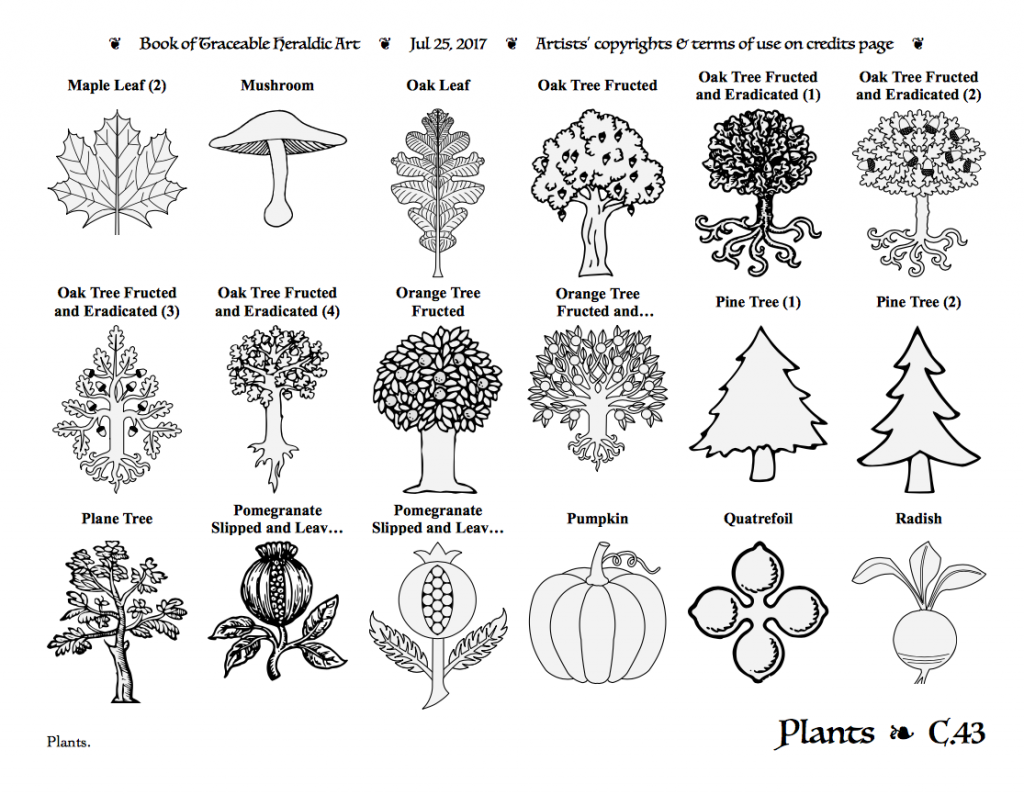Sixteen months after being made the Herald of the Canton of Whyt Whey, I have been appointed the Herald of the Crown Province of Østgarđr, whose title is Seahorse Pursuivant. My report from the meeting of the Provincial Officers Council follows.
To the populace of the Crown Province of Østgarðr, on behalf of their Viceroy and Vicereine, does Mathghamhain Ua Ruadháin send his greetings.
Following this evening’s Commons meeting, the Provincial Officers Council gathered to review the candidates for those offices whose terms expire this month.
Herein are recorded the result of that session as I recall them.
Baronè Francesco Gaetano Grèco d’Edessa has stepped down as Seneschal. Please join me in thanking him for his service.
Hlæfdige Alienor Salton, called Piglet, has been selected as the new Provincial Seneschal by a vote of the Officers Council.
Alienor has also been appointed to be the province’s Webminister. The former occupant of that office, Lady Arnora Ketilsdottir, stepped down earlier this year to care for her newborn — our thanks and congratulations to her and her family.
Alienor is stepping down from her positions in the Canton of Whyt Whey, ceding those offices to her deputies; Lady Vika Grigina z Prahy will serve as the Seneschal of Whyt Whey, and Lady Anneke Valmarsdotter will become the Whyt Whey webminister.
Lord Mongu Chinua has stepped down as Herald. He has the province’s appreciation for his efforts in this office in recent years.
Your humble correspondent, Mathghamhain Ua Ruadháin, has been appointed to be the new provincial Herald. I have asked Chinua to stay on and assist me as deputy herald, for I shall have need of his knowledge.
I am stepping down from my position as Herald of Whyt Whey, and passing that office to my deputy, Lord Erich Guter Muth, who served in that position before me.
Lady Marion of York has stepped down as provincial Fencing Marshal. She has ably led the rapier corps, and we look forward to seeing her on the field again in the coming year.
Alexander MacLachlan has been appointed to serve as the Fencing Marshal. In recent months he has been actively working to energize the fencing program and we eagerly anticipate his continued success. Alienor has also asked him to assist her as deputy Seneschal, where his experience will be much appreciated.
Magistra Rufina Cambrensis has been re-appointed to her position as provincial Chronicler. Her reliable publication of our monthly newsletter, the E-Horse, is a valuable service to all members of the populace.
For the outgoing and incoming officers of the province — Hooray! Hooray! Hooray!
By my hand at Straus Park on the feast day of St. Florentius, I remain yours in service,
— Mathghamhain Ua Ruadháin
Seahorse Pursuivant





